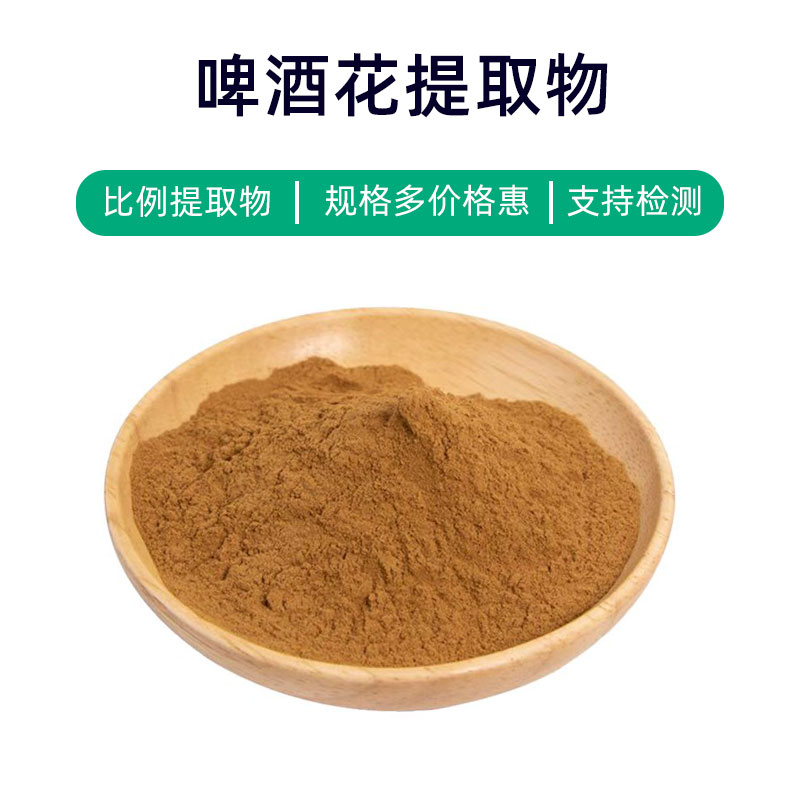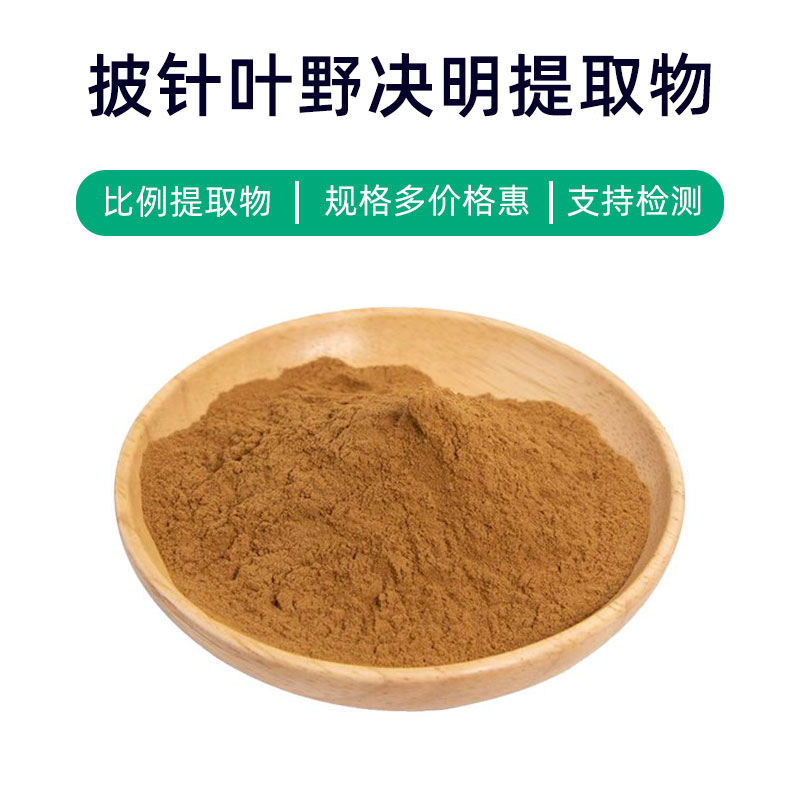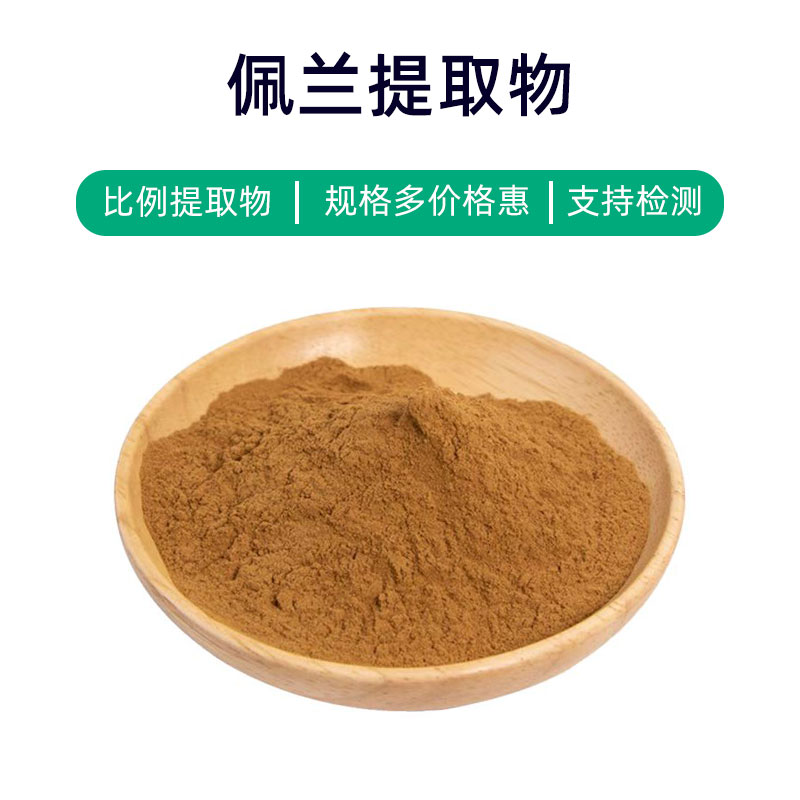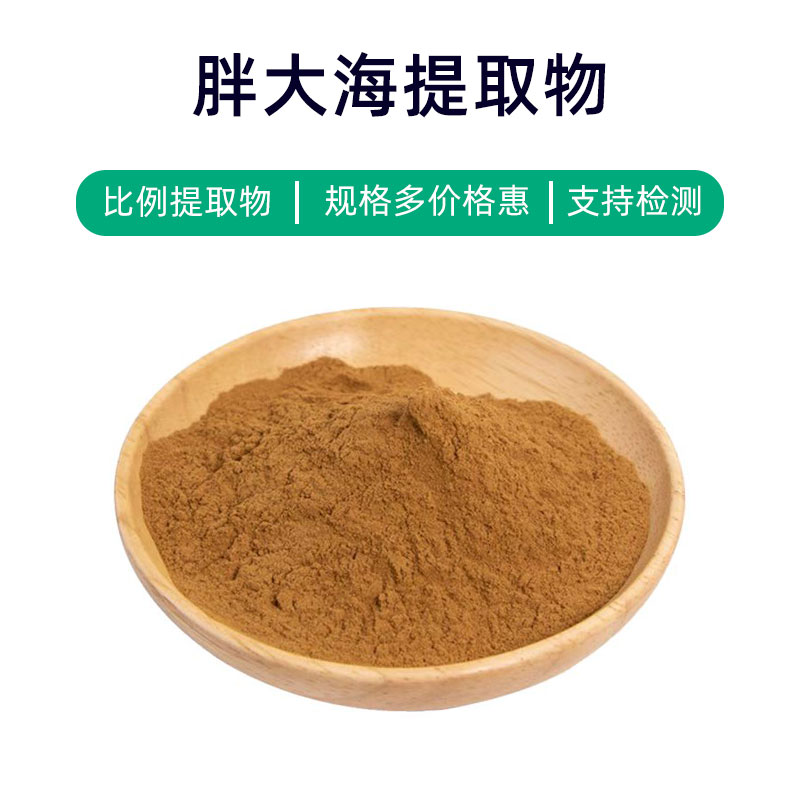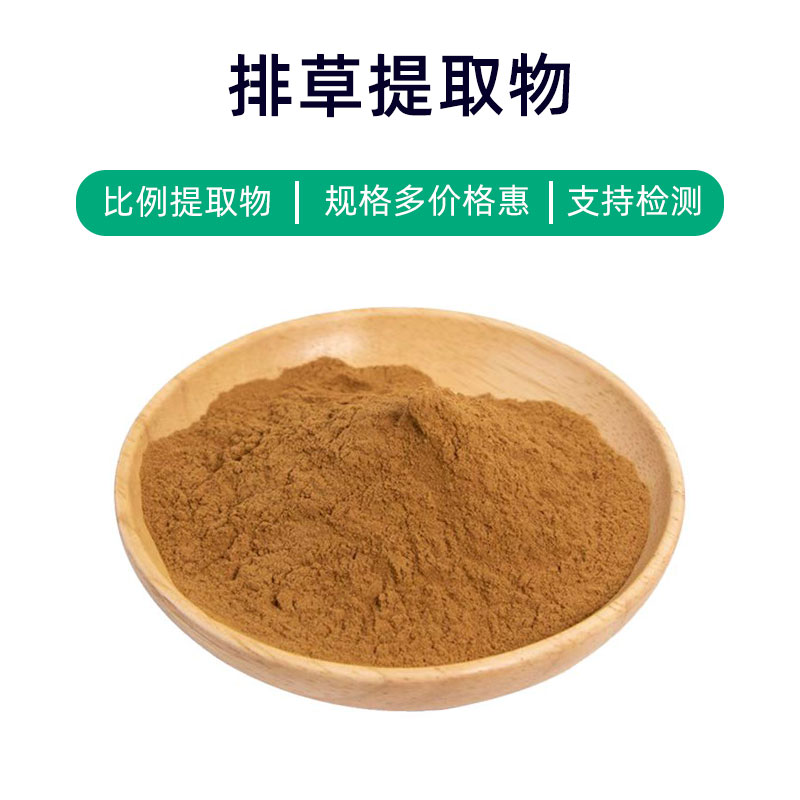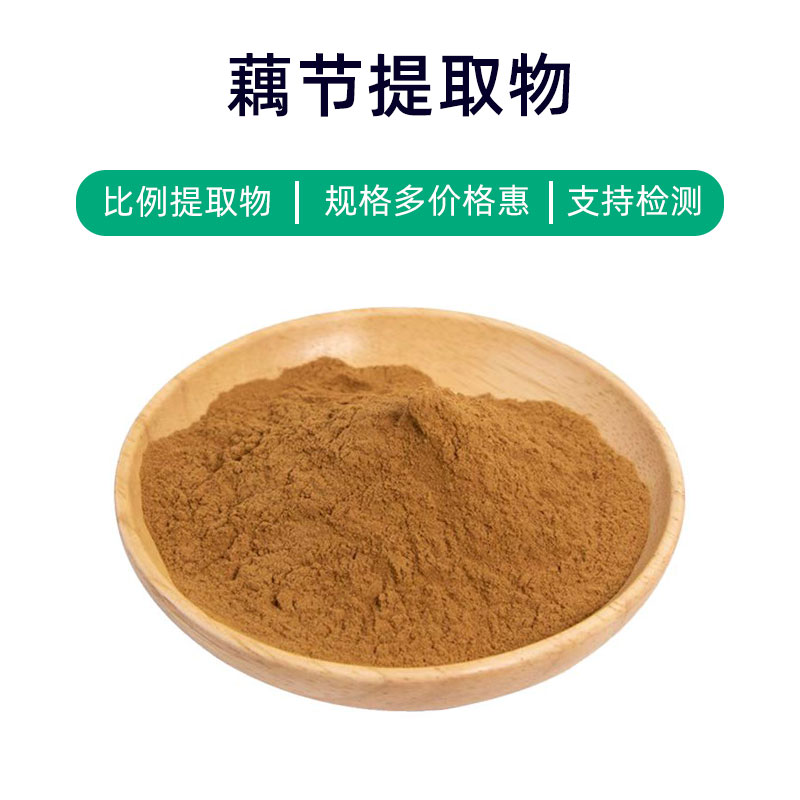Introduction to Lingzhi Extract
Lingzhi extract is a natural medicinal component derived from the Lingzhi fungus. Its main ingredients include polysaccharides, triterpenes, proteins, and various amino acids. This extract is widely utilized in health supplements, pharmaceuticals, and cosmetics.
In supplements, Lingzhi extract is believed to offer several benefits, including boosting immunity, antioxidant effects, anti-inflammatory properties, regulation of blood sugar and lipids, and improving sleep quality. Due to its rich nutritional components and various bioactive substances, it is often included as a primary ingredient in supplements aimed at enhancing overall health.
In pharmaceuticals, Lingzhi extract is used as an adjunct in treating various conditions such as liver diseases, cardiovascular issues, and immune system disorders. Its anti-inflammatory, antioxidant, and anti-tumor properties make it an important herb in traditional Chinese medicine formulations.
In cosmetics, Lingzhi extract is frequently found in skincare products for its antioxidant, moisturizing, and anti-aging benefits, aiding in improving skin texture, reducing wrinkles, and slowing the aging process. It is also often added to hair care products to enhance hair quality, reduce dandruff, and prevent hair breakage.
Overall, as a natural medicinal ingredient, Lingzhi extract offers numerous benefits and has a wide range of applications that provide effective support for health and beauty.
Production Process of Lingzhi Extract
The production process for Lingzhi extract typically involves the following key steps:
- Raw Material Preparation: Start by selecting high-quality Lingzhi fungus as the extraction source. Fresh Lingzhi should be cleaned thoroughly to remove impurities, then dried or dehydrated to meet moisture content requirements.
- Grinding: The prepared Lingzhi fungus is pulverized to enhance extraction efficiency. Mechanical grinding or microwave disruption methods are usually used to achieve fine powder consistency.
- Extraction: Combine the ground Lingzhi fungus with an appropriate solvent (such as water or ethanol) and extract under suitable temperature and time conditions. Common extraction methods include soaking, ultrasound extraction, and microwave-assisted extraction.
- Filtration: The extraction solution is filtered through filter paper or mesh to remove solid impurities, resulting in a clear extract.
- Concentration: Use vacuum concentration or spray drying methods to remove solvents from the extract, resulting in a concentrated product.
- Drying: The concentrated extract is dried to eliminate residual moisture, yielding a dry extract.
- Packaging: The dried extract is packaged, typically in sealed plastic bags or aluminum foil bags, to protect against moisture and oxygen.
- Quality Testing: Conduct quality checks on the extract, including assessing appearance, moisture content, and active ingredient concentration, to ensure compliance with quality standards.
- Storage: Store the packaged extract in a cool, dry, and well-ventilated area, avoiding direct sunlight and high temperatures to maintain stability and integrity of active components.
The above outlines a general production process for Lingzhi extract; individual manufacturers may adjust and refine methods based on their specific processes and equipment.
Effects and Side Effects of Lingzhi Extract
Lingzhi extract is a natural plant extract commonly used in medicine, health supplements, and cosmetics, and its primary effects and benefits include:
- Antioxidant Properties: Lingzhi extract contains various antioxidants, such as polyphenols and flavonoids, which effectively eliminate free radicals, slow cellular aging, and protect cells from oxidative damage.
- Immune Regulation: Research has shown that Lingzhi extract has immune-modulating effects, enhancing the body’s immunity and improving resistance to infections and diseases.
- Anti-Inflammatory Effects: Active components in Lingzhi extract exhibit significant anti-inflammatory effects, inhibiting inflammatory responses and alleviating symptoms of conditions like rheumatoid arthritis and inflammatory bowel disease.
- Blood Sugar Regulation: Some studies indicate that Lingzhi extract can lower blood sugar levels and improve insulin sensitivity, providing some adjunct therapeutic effects for diabetes patients.
- Liver Protection: Lingzhi extract contains several active components that protect the liver, reducing damage severity and promoting liver cell regeneration, which can be beneficial for liver dysfunction and fatty liver disease.
- Antimicrobial and Antiviral: Some research suggests that Lingzhi extract possesses antimicrobial and antiviral properties, potentially useful in preventing and treating respiratory and gastrointestinal infections.
- Digestive Aid: Active components in Lingzhi extract can stimulate secretion of digestive fluids, enhance gastrointestinal motility, and improve digestive issues like indigestion and stomach pain.
- Skin Care: With moisturizing, anti-inflammatory, and antioxidant properties, Lingzhi extract is beneficial in cosmetics, helping to address dryness, inflammation, and promote overall skin health.
While Lingzhi extract offers numerous benefits, caution is advised during use to avoid overconsumption. Also, individuals may have allergic reactions to Lingzhi extract; thus, conducting a patch test prior to use is recommended. If discomfort or unusual reactions occur after prolonged use, it’s advisable to discontinue use and consult a healthcare professional.
Application Scenarios and Dosage of Lingzhi Extract
Lingzhi extract has extensive applications in medicine, food, and cosmetics. Here are its applications and recommended dosage in different fields:
- Medical Field:
- Lingzhi extract is often used to prepare various traditional Chinese medicine formulas or single-ingredient herbs for treating conditions like colds, indigestion, and rheumatoid arthritis.
- Dosage: Common usage includes oral intake, topical application, or injection. For oral use, 5-10 grams may be taken 2-3 times daily per medical advice. For topical application, Lingzhi extract can be made into ointments or solutions for the affected areas. For injections, follow the physician's guidance.
- Food Field:
- Lingzhi extract can be used as a food additive to enhance preservation, color, and flavor, while also providing nutritional health benefits.
- Dosage: Typically used as an additive, it should be added in accordance with food processing methods and formulations, generally not exceeding 0.1%-0.5% of the total food weight.
- Cosmetics Field:
- Lingzhi extract is commonly included in skincare and beauty products for its moisturizing, antioxidant, anti-inflammatory, and melanin-inhibiting effects, improving skin texture and delaying skin aging.
- Dosage: Can be added to creams, lotions, and serums, usually in amounts of 0.5%-5% of the total formulation.
- Other Fields:
- Lingzhi extract may also be used in health supplements, oral care products, etc., for immune regulation, antibacterial, and anti-inflammatory functions, benefiting overall health.
It's important to adhere to relevant regulations and standards in the use of Lingzhi extract. Manufacturers should follow food, drug, or cosmetic production quality management practices and conduct quality control and testing to ensure product safety and effectiveness. When using Lingzhi extract, it is advisable to follow medical guidance to prevent excessive or long-term use, which could lead to adverse reactions.
Overview of the Source Plant for Lingzhi Extract, Distribution, and Growth Environment
Lingzhi (scientific name: Ganoderma lucidum), also known as reishi or the "mushroom of immortality," is a medicinal fungus with a long history of use, revered in traditional medicine and known as "the herb of immortals" and "the treasure of herbs." Below is an introduction to the source plant of Lingzhi, its distribution, and growth environment.
- Source Plant:
- Lingzhi is a wood-decaying fungus that typically grows at the base of hardwood trees or on injured tree trunks, primarily parasitizing woody plants such as oak, maple, and alnus. It relies on lignin as its main nutrient source, proliferating by decomposing lignin after the tree dies.
- Distribution:
- Lingzhi is widely distributed across the globe, primarily thriving in subtropical and temperate regions, including China, Japan, Korea, Southeast Asia, Europe, and North America. In China, it is mainly found in northern, central, eastern, and southwestern regions, particularly in Yunnan, Guizhou, and Hunan provinces.
- Growth Environment:
- Lingzhi typically grows in moist mountain forests or forest edges, often at elevations exceeding 800 meters, benefiting from humid climates, abundant rainfall, and high relative humidity. Common habitats include slopes, streams, valleys, and forest edges, especially in areas with vegetation cover and fresh air that are free from pollution.
- Growth Conditions:
- Lingzhi prefers well-ventilated, sunny environments but can also survive in shady, humid conditions. It has low soil requirements, primarily relying on parasitism on trees, hence no specific soil type is necessary. Adequate moisture and oxygen, along with appropriate temperature and light, are essential for growth.
The growth environment of Lingzhi is impacted by ecological balance and climate changes; in recent years, natural yields have gradually decreased in some areas due to environmental pollution and deforestation. As a result, artificial cultivation of Lingzhi has become an essential supplement, allowing for effective protection and utilization of Lingzhi resources to meet market demands.
Processing and Storage of Lingzhi Extract
The processing of Lingzhi extract generally includes the following steps: first, harvested Lingzhi needs to be cleaned and processed to remove impurities; next, the cleaned Lingzhi is dried using common methods like air drying or baking; then, the dried Lingzhi is pulverized or extracted, with methods such as water or alcohol extraction being common; finally, the extract undergoes filtering, concentration, and purification to achieve the final Lingzhi extract. When storing the extract, keep it in a dry, cool, and well-ventilated environment, avoiding direct sunlight and high temperatures to prevent moisture and mold, ensuring its quality and stability.
Monica Sun is a seasoned expert in the plant extraction industry with over a decade of experience in research and production. She specializes in the extraction and purification of plant active ingredients, focusing on driving innovation in natural product applications. Monica has participated in the development of multiple functional plant extracts, delivering high-value natural raw material solutions for the health food, pharmaceutical, and dietary supplement sectors.









